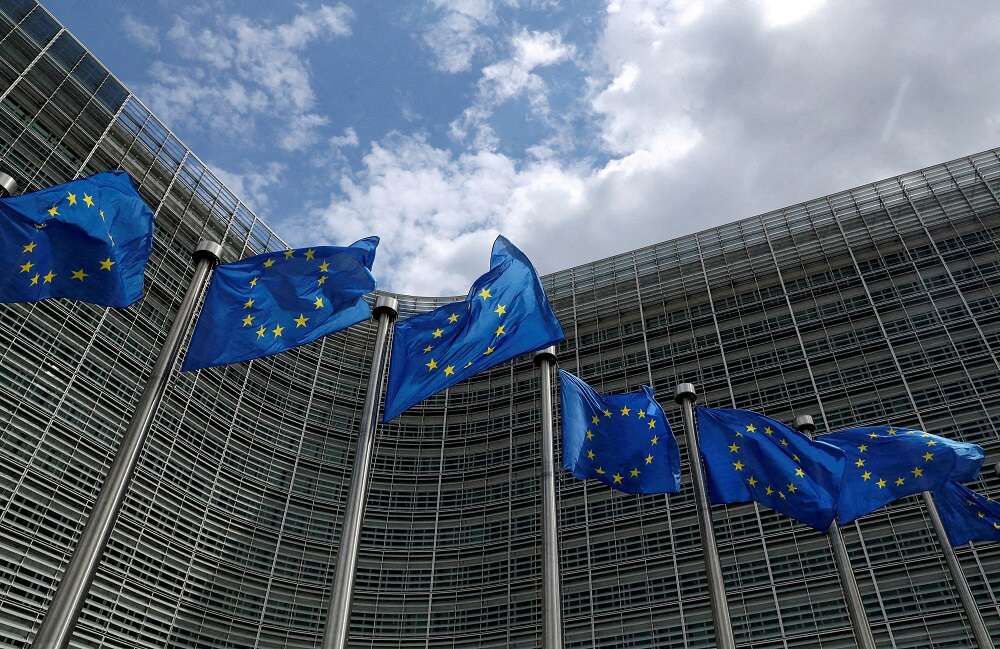
EU raw material targets need money and faster permits, sector chief says
By Philip Blenkinsop
BRUSSELS (Reuters) – The European Union will only meet ambitious targets to reduce its reliance on China and other countries for critical materials by rapidly scaled-up financing and accelerated permitting, according to the head of an EU sector alliance.
Under the EU Critical Raw Materials Act, which has yet to enter force, the bloc has set 2030 targets for the minerals required for its green transition – 10% of annual needs mined, 15% recycled and 40% processed in Europe.
It should also not be dependent on a single third country for more than 65% of any critical raw material.
Bernd Schaefer, the CEO of EIT RawMaterials, an EU-funded group leading an alliance of more than 300 companies, academics and others involved in the sector, said 2030 demand would not simply be met.
“One of the key items is to accelerate investment and mobilise financing for mining and permitting. This will have to happen very soon and then we will have a chance to reach these numbers,” he said on the sidelines of an EIT Raw Materials Summit in Brussels focused on the EU targets.
Demand for 34 raw materials including copper, nickel and rare earths is forecast to rise sharply. The European Commission has estimated that the EU will require 18 times more lithium in 2030 than in 2020 and fives times more cobalt.
Schaefer said he was relatively confident of reaching the 10% extraction target, but was more sceptical on limiting to 65%the dependence on third countries – in many cases that is China.
“This will need a huge effort as the 35% required from elsewhere will be a much higher absolute number,” he said.
Schaefer said this effort would rely on international partnerships, such as a revised trade deal with lithium producer Chile, and efforts to reduce the amount of raw materials required for products, such as lighter electric vehicles.
(Reporting by Philip Blenkinsop; Editing by Paul Simao)


